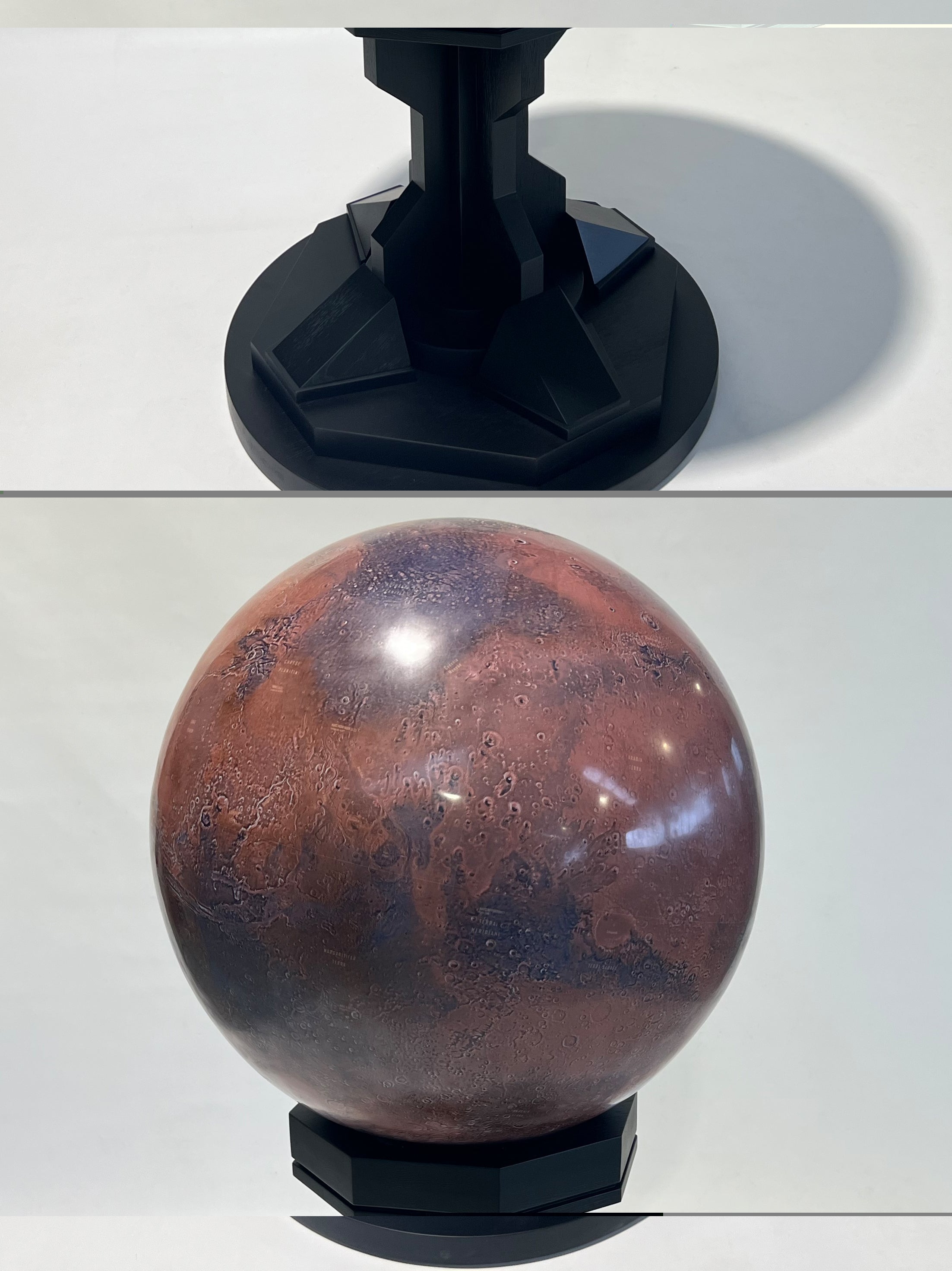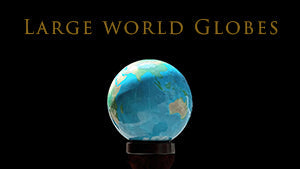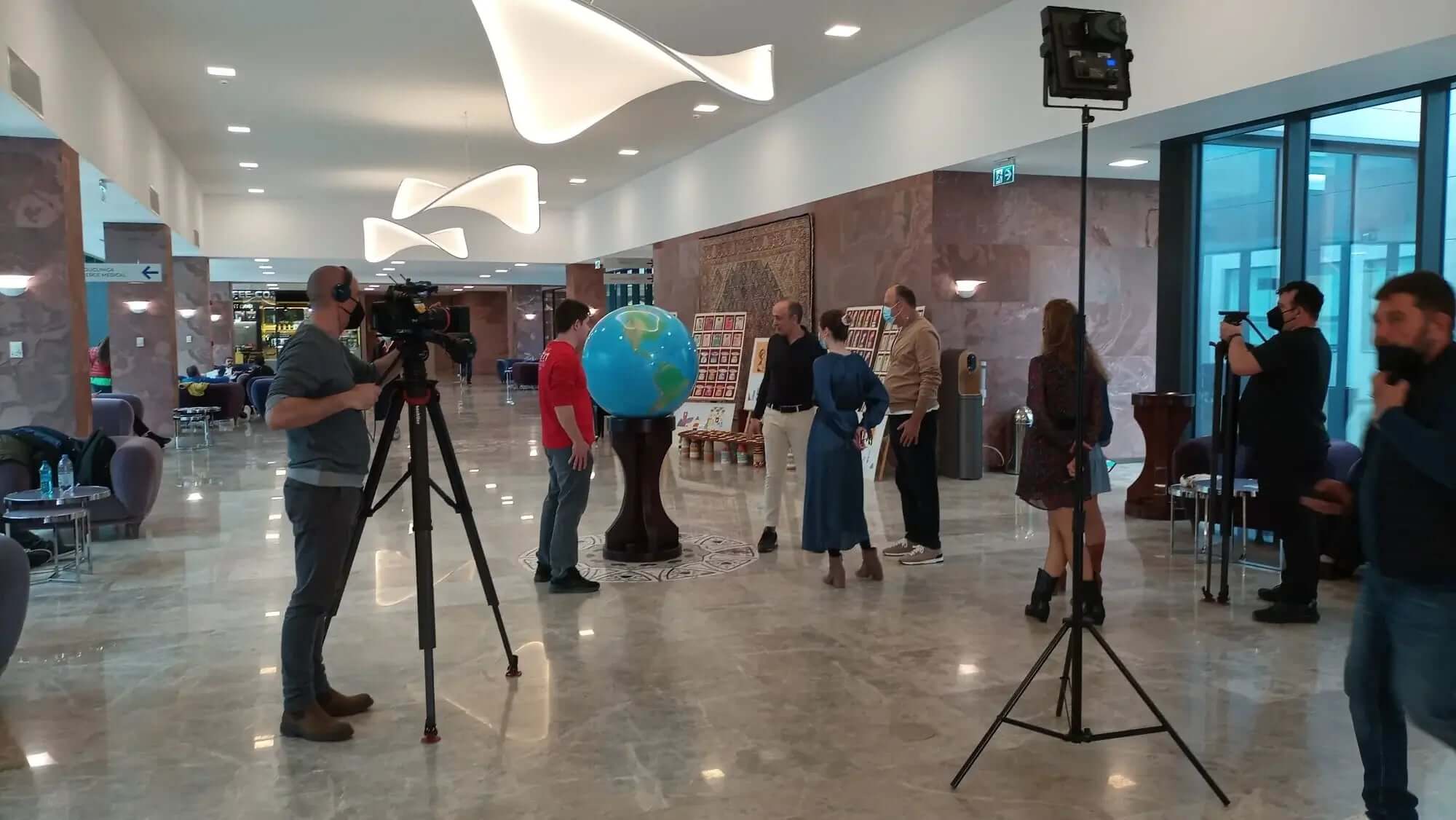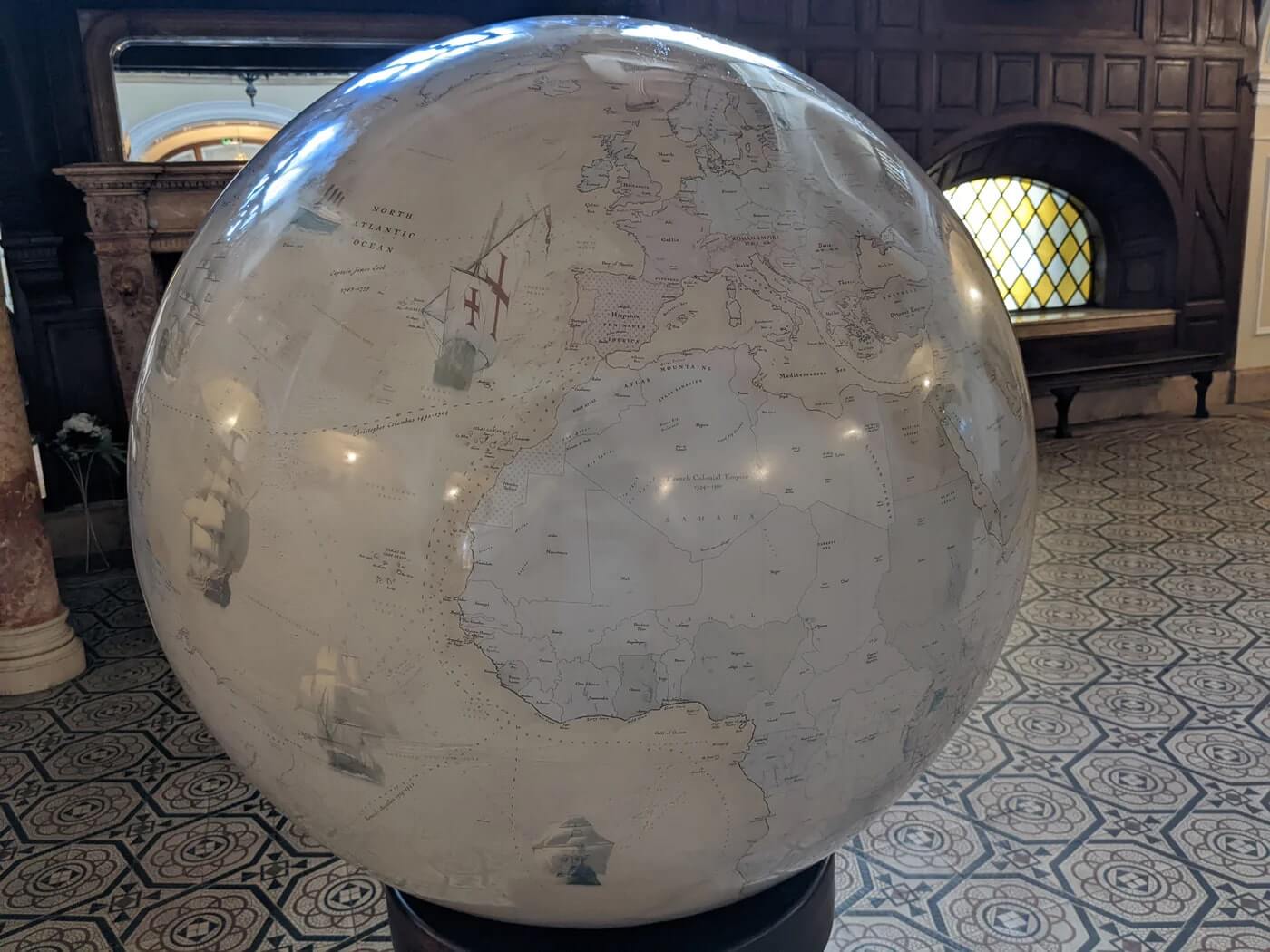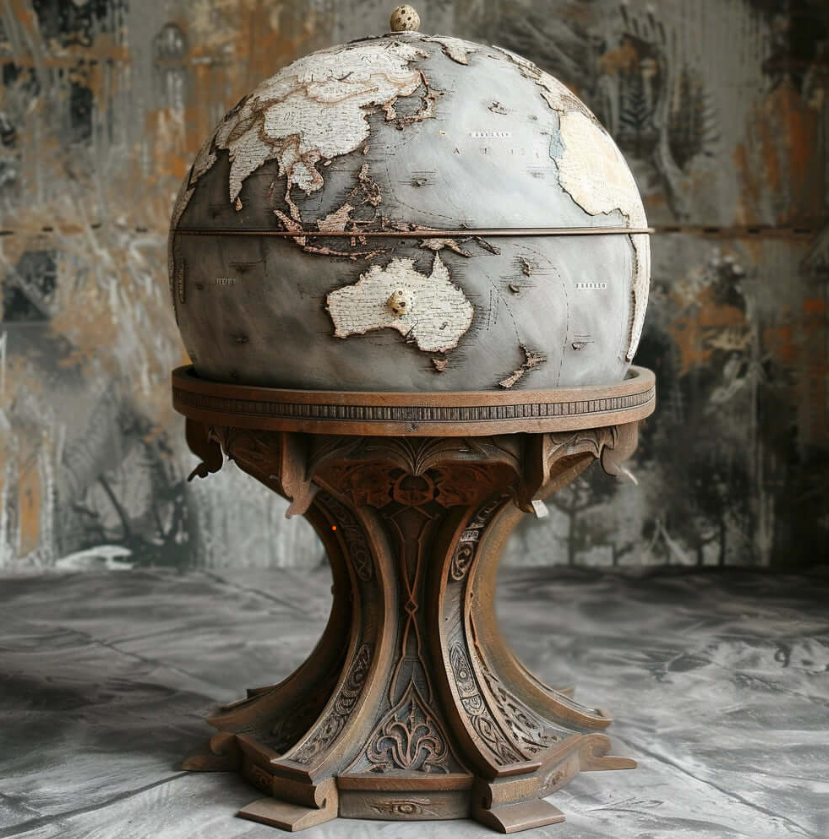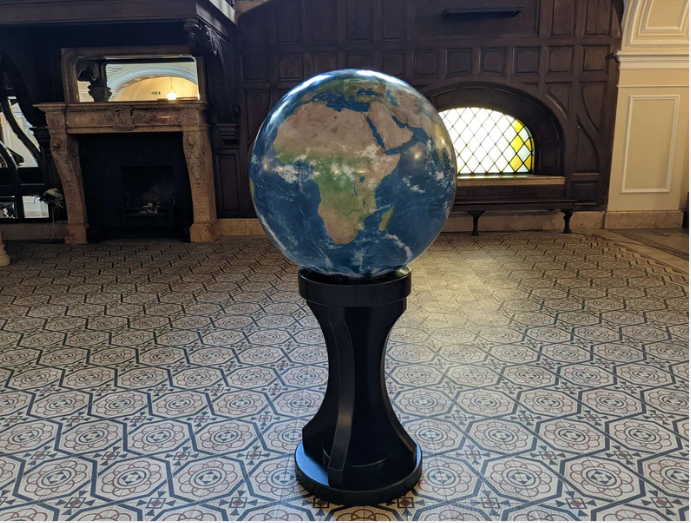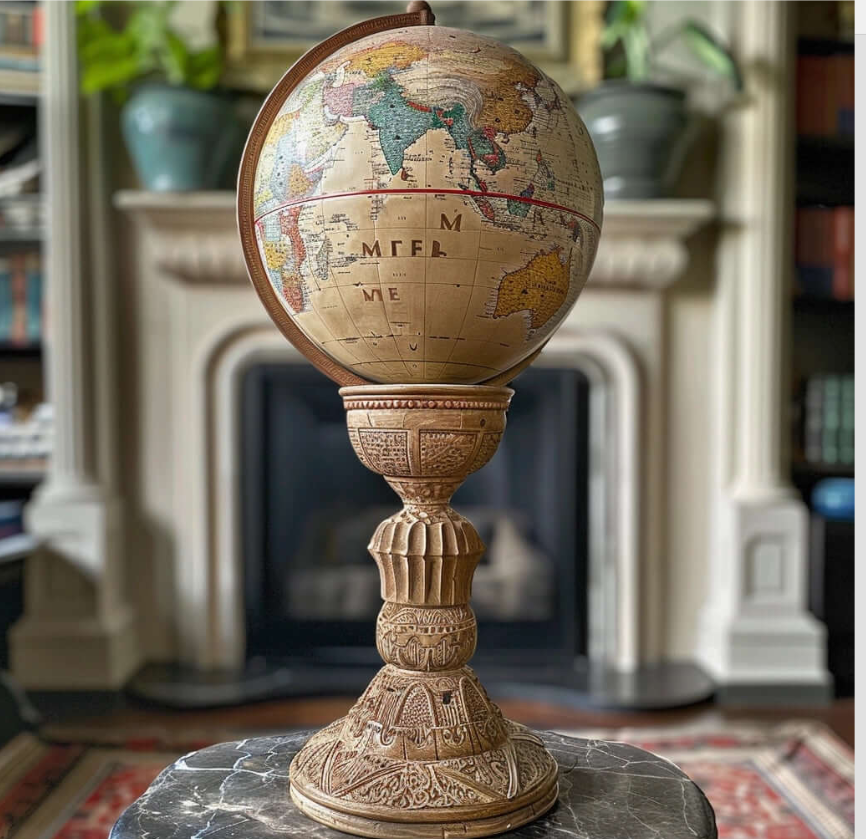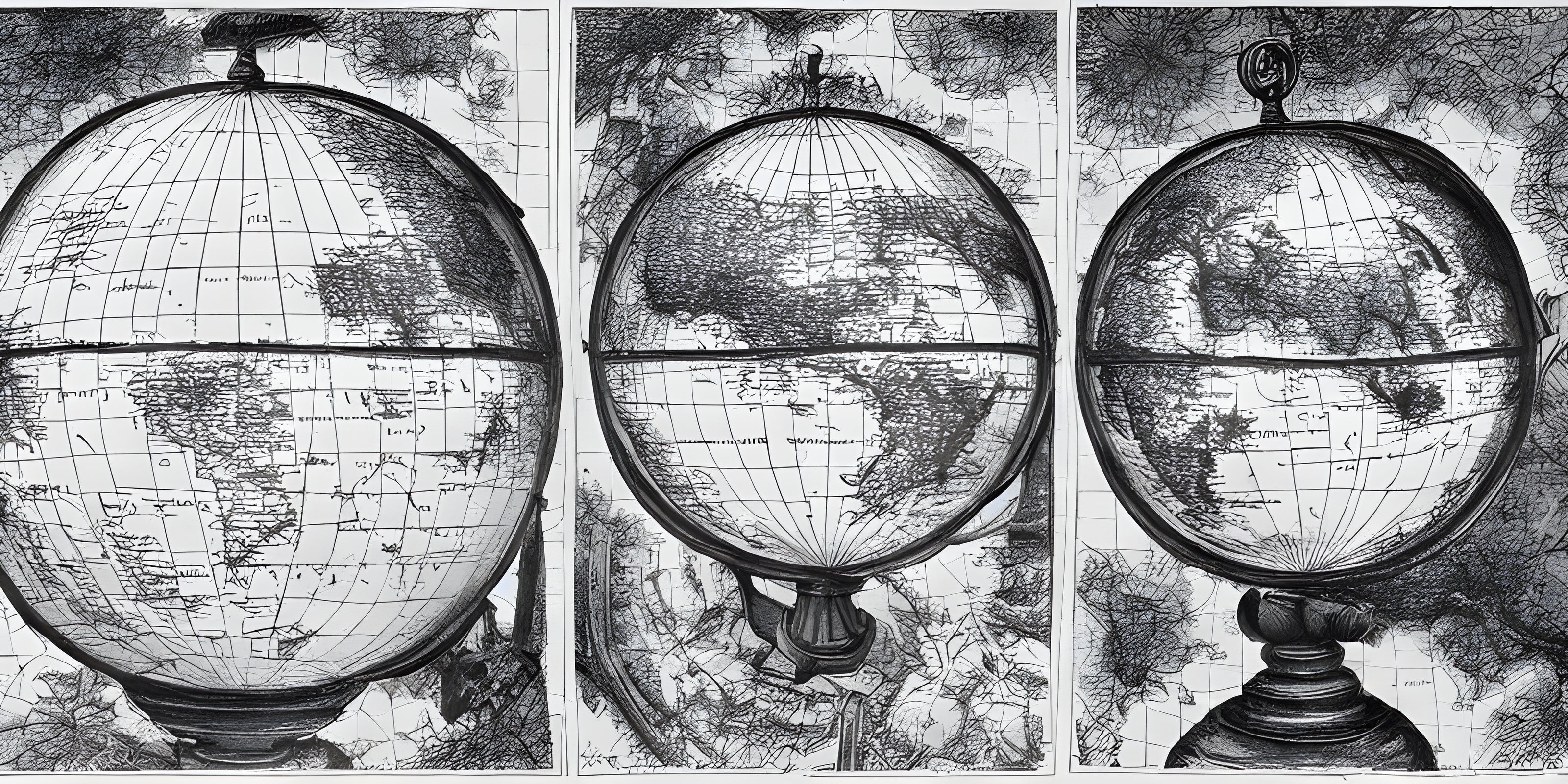
Cartes vs Globes - La Vraie Taille des Pays
Les cartes et les globes sont deux des moyens les plus courants de représenter la Terre et ses caractéristiques. Chacun a ses propres avantages et inconvénients en ce qui concerne la représentation de la taille réelle des pays, et chacun a ses propres caractéristiques uniques qui les rendent mieux adaptés à certains usages.
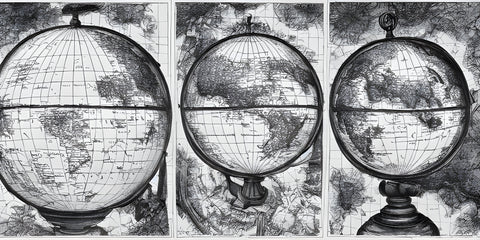
Les cartes sont des représentations planes de la surface de la Terre et sont généralement de forme rectangulaire ou circulaire. Le type de carte le plus courant est la carte de Mercator, qui a été développée au 16ème siècle et est encore largement utilisée aujourd'hui. L'un des principaux avantages des cartes est qu'elles sont faciles à lire et à utiliser. Elles sont également excellentes pour la navigation et peuvent montrer des informations détaillées sur les routes, les villes et d'autres caractéristiques.
Cependant, la carte de Mercator présente un défaut majeur lorsqu'il s'agit de montrer la véritable taille des pays. Étant une représentation plate de la surface de la Terre, les pays proches des pôles apparaissent beaucoup plus grands qu'ils ne le sont réellement, tandis que les pays proches de l'équateur apparaissent beaucoup plus petits. Cela est dû au fait que la carte de Mercator déforme la taille des objets à mesure qu'ils se rapprochent des pôles, rendant l'équateur beaucoup plus petit qu'il ne l'est en réalité.
Par exemple, sur une carte de Mercator, le Groenland semble avoir la même taille que l'Afrique, alors qu'en réalité, l'Afrique est environ 14 fois plus grande. Cela peut conduire à des idées fausses sur la taille relative des pays et avoir de graves implications pour l'éducation, la politique et d'autres domaines.
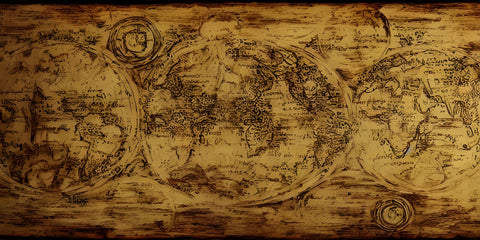
Les globes, en revanche, sont des représentations tridimensionnelles de la Terre. Ils montrent la Terre telle qu'elle est réellement, avec la taille des pays représentée avec précision. L'un des principaux avantages des globes est qu'ils montrent la véritable taille des pays, ce qui facilite la compréhension de la taille relative des différents pays. Cela peut être particulièrement utile à des fins éducatives, car les étudiants peuvent voir la taille relative des pays et mieux comprendre le monde.
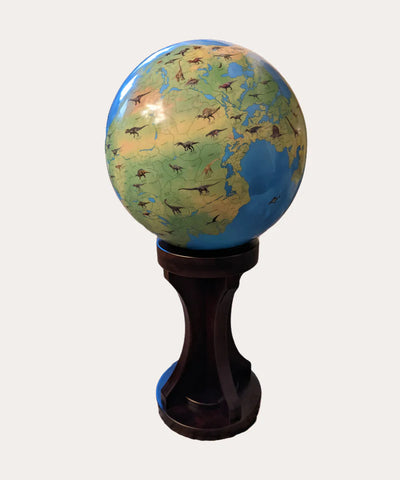
Un autre avantage des globes est qu'ils peuvent montrer la géographie de la Terre avec beaucoup plus de détails que les cartes. Par exemple, les globes peuvent montrer des chaînes de montagnes, des rivières et d'autres caractéristiques qui sont difficiles à voir sur des cartes plates. Cela rend les globes idéaux pour étudier la géographie et comprendre les caractéristiques de la Terre.
Cependant, il y a aussi quelques inconvénients à utiliser des globes. L'un des principaux inconvénients est qu'ils sont plus difficiles à lire et à utiliser que les cartes. Les globes sont également plus difficiles à ranger et à transporter, car ils sont beaucoup plus grands et encombrants que les cartes. De plus, les globes sont plus chers que les cartes, ce qui les rend moins accessibles à de nombreuses personnes.
Lorsqu'il s'agit de choisir entre des cartes et des globes pour montrer la véritable taille des pays, plusieurs facteurs doivent être pris en compte. L'un des principaux facteurs est l'objectif pour lequel vous utilisez la carte ou le globe. Si vous l'utilisez pour la navigation, une carte peut être plus appropriée, car elle est plus facile à lire et à utiliser. Si vous l'utilisez à des fins éducatives, un globe peut être un meilleur choix, car il montre la véritable taille des pays et peut montrer la géographie de la Terre avec beaucoup plus de détails.
Un autre facteur à considérer est le niveau de détail dont vous avez besoin. Si vous devez montrer des informations détaillées sur les routes, les villes et d'autres caractéristiques, une carte peut être un meilleur choix. Si vous devez montrer la géographie de la Terre avec plus de détails, un globe peut être un meilleur choix.
Enfin, le coût de la carte ou du globe est également un facteur important à prendre en compte. Les cartes sont généralement moins chères que les globes, ce qui les rend plus accessibles à de nombreuses personnes. Cependant, si vous êtes prêt à dépenser plus d'argent, un globe peut offrir une représentation beaucoup plus précise de la taille réelle des pays.
En conclusion, les cartes et les globes ont chacun leurs avantages et inconvénients en ce qui concerne la représentation de la taille réelle des pays. Alors que les cartes sont faciles à lire et à utiliser et sont idéales pour la navigation, elles peuvent déformer la taille des pays proches des pôles, entraînant des idées fausses sur la taille relative des pays. Les globes, en revanche, montrent la taille réelle des pays et peuvent représenter la géographie de la Terre avec beaucoup plus de détails, mais ils sont plus difficiles à lire et à utiliser, et sont plus coûteux que les cartes. En fin de compte, le choix entre une carte et un globe dépendra de l'objectif pour lequel ils sont utilisés et du niveau de détail requis. Cependant, quel que soit le choix, il est important d'avoir une compréhension claire de la taille réelle des pays afin d'acquérir une meilleure compréhension du monde et des relations entre les pays.
